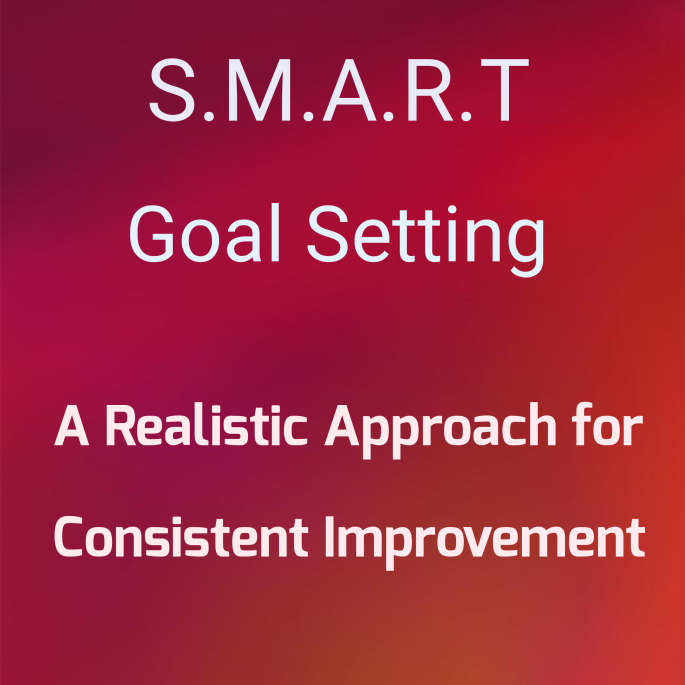
To achieve great things we must be patient and take a long term approach to training to grow, adapt and improve.
A systematic programme of goal setting, and working to achieve goals is highly effective in developing both physical and psychological skills. Well defined goals improve performance, helps clarify expectations, relieves boredom, and increase pride and self confidence.
Setting goals will provide:
1. Direction.
Goals are empowering tools and help you makes the right decisions
2. Motivation.
They can stretch and push you out of your comfort zone resulting in increased effort and persistence. Identifying the gap between where you are now and where you want to be creates motivation and the desire to close the gap.
3. Strategy Refinement
After setting a challenging goal, you will think longer and more creatively about how to accomplish it and how to measure progress towards achieving it.
Nobody knows their body better than you do and everybody is individual. In between busy schedules and the demands of everyday life, fitting in training can be a challenge, but if you are participating with others for a set event, it can be a great motivator.
Your training plan cannot be rigid – You must be able to modify it. Modifications and adjustments are to be expected!! We need to be able to maximise the time available to us.
Here are 3 steps for setting up your 2019 plan
- Recognise
Decide what it is you want to achieve. This step is often the most difficult until you make your goals clear and specific, they will probably stay wishes and dreams for yet another year so choose your goals, write them down to make them real.
- Research
Figure out the prep and then prep for the plan. Once you know exactly what you want, this step is about figuring out how to make it happen. If you research enough, you will be prepared.
There is no bad plan just bad preparation.
Fail to prepare prepare to fail
- Reach
Start taking action and don’t be afraid to explore new territory’s.
Up until this point in your planning process, it was all just talk, once you have the blueprint in place, the only way you can get what you want is by taking consistent action.
To have what you have never had before you will have to push yourself beyond what you have done before. Decide what you need to do today in order to move closer to the next milestone. Write down the actions you need to take that you are currently not taking and then start checking the boxes!
As you roll forward into 2019, make sure you follow the steps above with the time you have available to you.

Becoming a better version of you starts by being SMART
Follow these guidelines to setting SMART goals.
Specific.
Your goal should be clear and easy to understand. The more detailed you can be the better. A more specific and ambitious goal will lead to more performance improvement than a general goal.
Measurable.
A goal to “lose weight” or run a particular time in a 5k is not enough. Set process goals (aimed at achieving certain outcomes/performance) and get to action.
Mini goals will keep you on track to stay motivated and see progress.
To be successful we must not put all of our focus on the outcome, we must consider the process also.
Outcome: The ideal result, hopeful conclusion, best end for your goal.
Process: The skills you need, the method required to get you there.
Attainable.
It’s good to shoot for the stars, but don’t be too extreme. If you can’t actually attain your goal it will only serve to frustrate and dishearten you.
Likewise, a goal that is too easy is also not very motivating. Only you know your limits.
Relevant.
Set goals that are important to where you are in your life right now. Don’t set a goal that someone else is pressuring you to attain-that isn’t very motivating.
Time Frame
Have a clear idea of your timeline and include an end-point. Knowing that you have a deadline motivates you to get started and creates a sense of urgency.
Sometimes however, we may need to cut the dead weight. Your plan is not always going to exactly go to plan. Sometimes you will have to revisit, review and refocus.
If things stall, decide if you need to restart. Find the things that are weighing you down, remove them and start again without hesitation. It is ok to occasionally change the milestone or date and start again – just stick to the plan.
Be fully committed to achieving your goals and best of luck for 2019.
Yours in Sport
Michelle Greaney
MG Coaching


